Birds in the Ruideras Lagoon
Birds in the Ruideras Lagoon Learn about the birds in the Ruideras Lagoon. We can find different types of species in this beautiful geographical area, from raptors to forest birds. Birds in the Ruideras Lagoon The Ruidera Lagoon
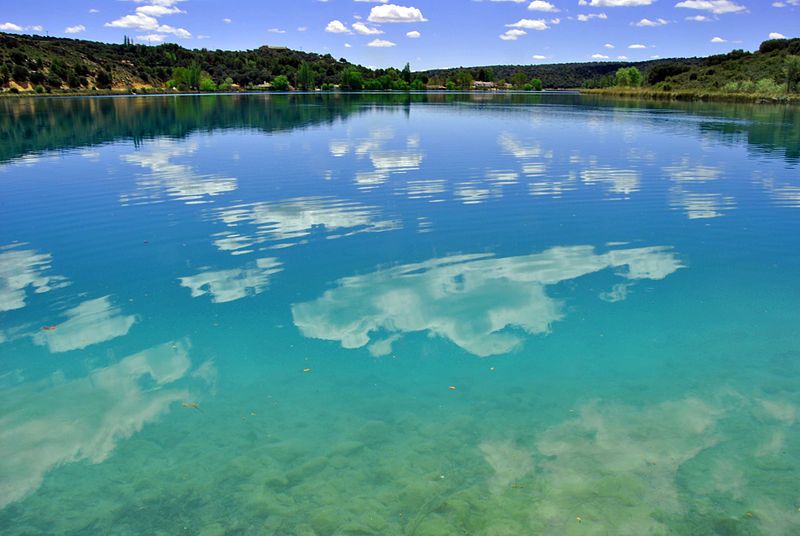
Birds in the Ruideras Lagoon
Learn about the birds in the Ruideras Lagoon. We can find different types of species in this beautiful geographical area, from raptors to forest birds.
Birds in the Ruideras Lagoon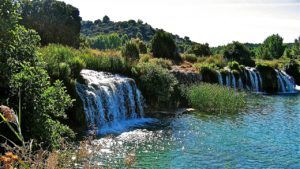
The Ruidera Lagoon is a unique place in all of Spain, it has great advantages over the landscape and wide biodiversity. It is formed by 15 lagoons which are distributed along 30 km. These ones flood each other, and it produces a quite interesting cascade effect. This effect is due to the geological formations it has.
The most characteristic of this place is the birds that inhabit it, being the most indicated place for the exploration and sighting of birds.
Because of the diversity of birds in the area, these lagoons were declared Special Protection Area for Birds (SPA) in 1988.
However, although this is the beginning to get to know this beautiful area as a Natural Park, mankind has always looked for a source of resources to survive, and the water of these lagoons is one of them. That is why several civilizations have left their mark in the course of time.
Birds in the Ruideras Lagoon, What can we find?
Waterfowl and reed birds are abundant in these areas, but important species such as raptors and forest birds cannot be absent. Here is a shortlist of the birds you can find in these areas.
Raptors
Birds of prey are characterized by their curved beaks and characteristic claws with which they can easily hunt their prey. There are 450 between diurnal and nocturnal of these species, but the birds that inhabit the lagoons are specifically:
Marsh Harrier, Hen Harrier, Bonelli’s Eagle, Short-toed Eagle, Sparrowhawk, Goshawk, Short-eared Owl, Scops owl, Eagle Owl.
Forestry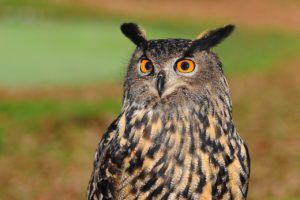
Forest birds are usually very beautiful to our eyes; they are characteristically small and usually have delicate and elegant bodies. The forest birds that we can find in the Ruideras lagoon are:
Jaybird, Black wheatear, long-tailed tit, long tailed warbler, Oriole, Black–bellied Sandgrouse, little Bustard, Crossbill, Azure-winged Magpie, blue rock thrush, Great bustard, Stone curlew .
Aquatic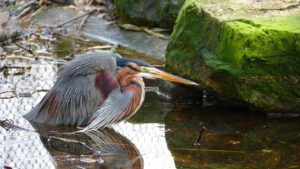
Waterfowl can be defined as birds that depend ecologically on wetlands. These birds are vertebrate animals with spindle-shaped bodies; their legs are covered with scales due to their habitat. The ones we can find in the Ruidera lagoon are:
Kingfisher, Grey Heron, Great Crested Grebe, Coot, Panurus biarmicus, Bittern, C, Great Cormorant, Little grebe, Red-crested pochard, Tufted duck, Common Duck, Mallard, Moorhen, Great reed warbler.
What is the best time to watch birds in the Ruideras lagoon?
September is the best month if what you want the most is to observe the birds because migrations begin on that date. So some birds start coming back, others start going and some of them just stay in the middle of that beautiful little chaos.
Where to watch birds in the Ruideras lagoons
The Ruidera Lagoon occupies an area of 3772 hectares, and there are 3 types of lagoons in this great park. They are classified in the high, medium and low lagoons. These classifications include 15 different lagoons in which you can appreciate and observe a large number of birds of different species that live there.
High Lagoons
They are located at approximately 890 meters of altitude, so they are the best areas to observe birds. We can find 3 lagoons there, we have La Laguna Blanca, La Conseja and La Tomilla.
The White Lagoon
It is named White Lagoon because of its surroundings; it is surrounded by white sandy beaches and a turquoise sea. Some small lagoons flow in this lagoon such as Nava del Caballo, Escudero and Manantial de Los Zampullones. This spring is very beautiful and the best attraction is the common grebe, there you can observe and learn from it. You can see the grebe nests on the shores of the lakes or floating.
Conceja Lagoon
This lagoon is 2000 meters long and 300 meters wide. This lagoon is special because it is one of the last nesting sites for birds because the vegetation of that area serves as food. So it is an indispensable requirement not to disturb the fauna in that area.
Tomilla Lagoon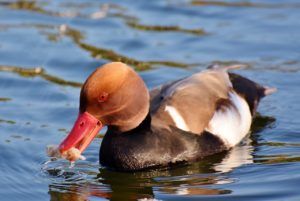
It has a peculiar shape: triangular where each side is approximately 400 meters long. This lagoon has 2 canals, these are directed towards a mill and a fuller and the other towards an out of service hydroelectric plant.
In the upper part of the lagoons, you can find several birds that use these waters as nests and as a stop during migrations. Birds can be observed such as the Great Crested Grebe that creates a large floating nest in the Park, the Little Grebe, the Red-crested pochard, the Tufted Duck, Coots, and the moorhen.
Medium lagoons
The medium lagoons of Ruidera are located at approximately 800 meters of altitude and they are the most visited place by tourists. There we can find 10 different types of lagoons, and we can see different types of birds among them.
You can find birds such as the Kingfisher, the Tordal Warblers, the Imperial Heron, the Little Bittern and the Great Cormorant. The latter can be observed in the autumn and winter months.
But these are not the only ones, among the raptor species are the Marsh Harrier and the Hen Harrier. You can see the Bonelli’s eagle and the Short-toed Eagle. The sparrowhawk, the goshawk, the hawk can be observed in the nearby forests. The eagle owl is also present in this one.
Low lagoons
These lagoons have an altitude of approximately 760 meters and are made up of 3 lagoons. In addition, they are characterized by being slow lagoons so they are good for birds that like to nest on the shores or on the surface of the lake. They are:
Cueva Morenilla lagoon: Its name comes from the fact that a short woman with a dark face used to live in a cave near the lagoon. This is oval-shaped has a length of 600 meters and 200 meters wide.
Coladilla Lagoon: It is also oval in shape but is a little smaller than the previous one, it has a length of 500 meters.
Laguna Cenagosa: This lagoon also has an oval shape, its name is determined by its muddy bottom. At the beginning of this lagoon, there is a hydroelectric plant called “Mirabetes”. This lagoon is extremely slow at the end, and it also has waterlogged areas which make possible for birds to mount their nests in these areas, providing good ecological value.
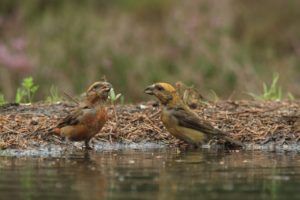
Many reeds and bulrushes grow on the shores, these are plants that serve the beautiful birds that live in these places which function as a refuge in winter. As a result, we find Dartford warblers, Golden orioles, jays, crossbills in the bushes.
Birds in the Ruideras Lagoon
Remember! At sexadodeaves.com, we are specialists in sexing birds through DNA. In this way, it is possible to define the gender of your bird. You can also follow us on the networks: Facebook, Twitter, and Instagram and find all the information we have for you daily.
